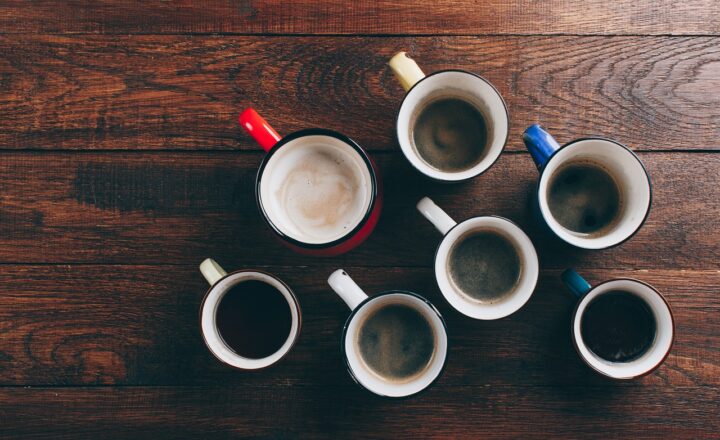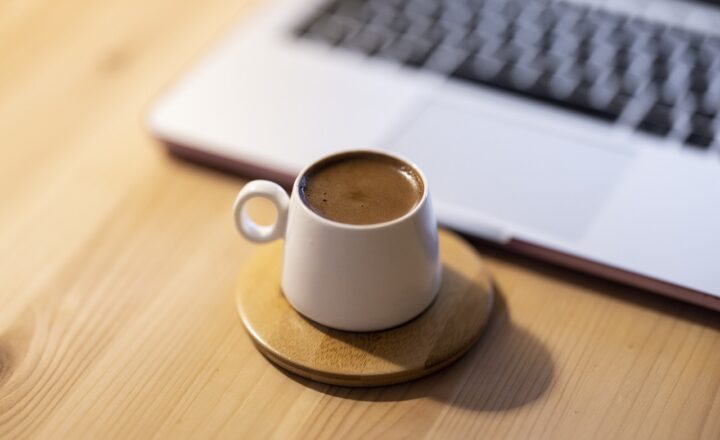
Coffee enthusiasts often share a universal love for the beverage; however, not all coffee is created equal. The methods used to brew coffee play a significant role in determining the flavor profile and caffeine content of the final cup. Understanding these factors can enhance your coffee drinking experience, enabling you to tailor each brew to your preferences.
1. The Basics of Coffee Brewing
To appreciate how brewing methods affect coffee, it’s essential to understand the basics of coffee extraction. Coffee brewing is essentially the process of extracting soluble substances from coffee grounds using water. This extraction involves flavor compounds, oils, acids, and caffeine.
The primary components affecting extraction are:
- Water Temperature: The ideal brewing temperature ranges from 195°F to 205°F (90°C to 96°C). Higher temperatures can lead to over-extraction, while lower temperatures can result in under-extraction.
- Brew Time: The time water is in contact with the coffee grounds influences extraction. Longer brewing times can intensify flavors but may also introduce bitterness.
- Grind Size: The size of the coffee particles affects extraction rate. Smaller particles lead to faster extraction, while larger ones yield a slower process.
- Coffee-to-Water Ratio: The amount of coffee used relative to water affects strength. A higher ratio results in stronger coffee, while a lower ratio yields a milder cup.
Understanding these basics enables a deeper dive into how different brewing methods produce distinctive flavors and caffeine levels.
2. Popular Brewing Methods and Their Impact
Let’s explore several popular brewing methods. Each method has its unique characteristics that impact the resulting flavor and caffeine content:
2.1. Drip Coffee
Drip coffee, also known as filter coffee, uses gravity to pull hot water through coffee grounds contained in a paper or metal filter. This method typically yields a clean, smooth cup. Factors influencing flavor and caffeine content include:
- Brewing Time: Usually around 5-6 minutes, leading to moderate extraction of flavor and caffeine.
- Flavor Profile: The result is often a mild flavor, allowing for bright acidity and fruity notes to shine, especially with lighter roasts.
2.2. French Press
The French press, or press pot, involves steeping coarsely ground coffee in hot water for a few minutes before pressing down a plunger to separate the grounds from the liquid. Key points include:
- Brewing Time: Approximately 4 minutes. This longer steeping time often leads to higher caffeine content and enhanced extraction of oils, resulting in a richer flavor.
- Flavor Profile: The resulting coffee is often full-bodied, with a heavier mouthfeel, making it ideal for those who enjoy robust flavors.
2.3. Espresso
Espresso is a concentrated coffee brewed by forcing hot water through finely-ground coffee under high pressure. This method is distinct from others, leading to:
- Brewing Time: Just 25-30 seconds. The rapid extraction results in intense flavors and high caffeine concentration per ounce.
- Flavor Profile: Espresso is rich, bold, and aromatic, often showcasing caramel, chocolate, or nutty notes. A single shot typically has about 63 mg of caffeine.
2.4. Cold Brew
Cold brew coffee is made by steeping coarsely ground coffee in cold water for an extended period, typically 12-24 hours. Its unique brewing technique results in:
- Brewing Time: The prolonged steeping allows for a smooth extraction, often resulting in less acidity.
- Flavor Profile: The coffee is often sweet, smooth, and less bitter, providing a great option for those who prefer milder flavors without the acidity associated with traditional brewing methods.
2.5. AeroPress
The AeroPress is a manual brewing device that uses air pressure to push hot water through coffee grounds. Some characteristics include:
- Brewing Time: Takes about 30 seconds to 1 minute, offering quick brewing and a concentrated flavor.
- Flavor Profile: The result can be similar to espresso, with an intense flavor and high caffeine content, depending on the grind and brewing time.
3. Caffeine Content Across Brewing Methods
While the brewing method influences both flavor and caffeine content, it’s essential to consider the serving size as well. Here’s a general comparison of caffeine content across various brewing methods:
Drip Coffee: Around 95 mg per 8 oz cup.
French Press: Approximately 80-100 mg per 8 oz cup.
Espresso: About 63 mg per 1 oz shot.
Cold Brew: Typically 100-200 mg per 8 oz cup, depending on coffee-to-water ratios.
AeroPress: Can range from 60-90 mg per serving, similar to espresso.
Espresso: About 63 mg per 1 oz shot.
Cold Brew: Typically 100-200 mg per 8 oz cup, depending on coffee-to-water ratios.
AeroPress: Can range from 60-90 mg per serving, similar to espresso.
AeroPress: Can range from 60-90 mg per serving, similar to espresso.
It’s clear that brewing methods not only affect the flavor but also the caffeine levels, which varies based on the extraction process.
4. Conclusion: Finding Your Perfect Brew
Choosing the right brewing method can transform your coffee experience. From the rich body of a French press to the quick concentration of an espresso, each method offers a distinctive taste and caffeine content that caters to diverse preferences. Experimenting with different brewing styles enables you to discover your ideal cup tailored to your unique taste buds.
Whether you’re looking for a refreshing cold brew on a hot day or a rich espresso to kickstart your morning, understanding how brewing methods impact flavor and caffeine allows you to make informed choices. Empower yourself with knowledge, and embrace the art of crafting the perfect cup of coffee every time.






